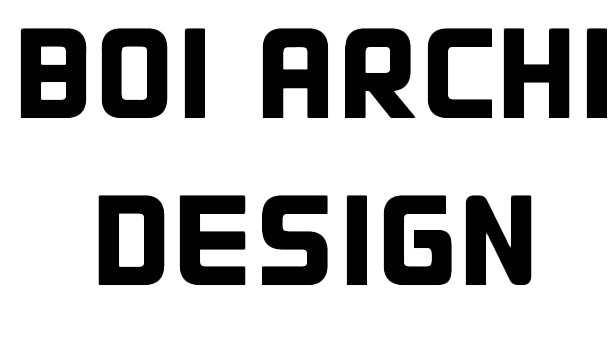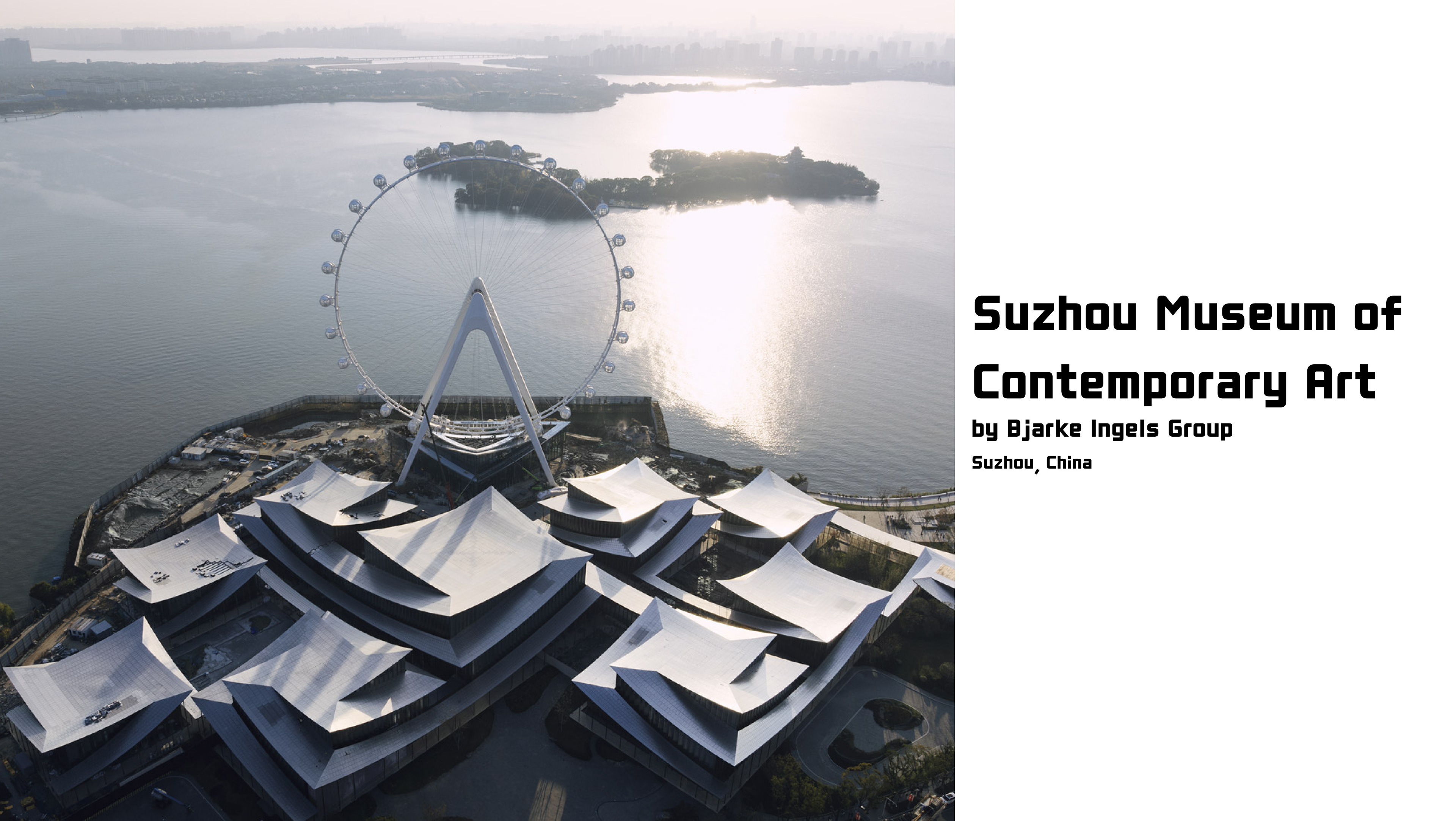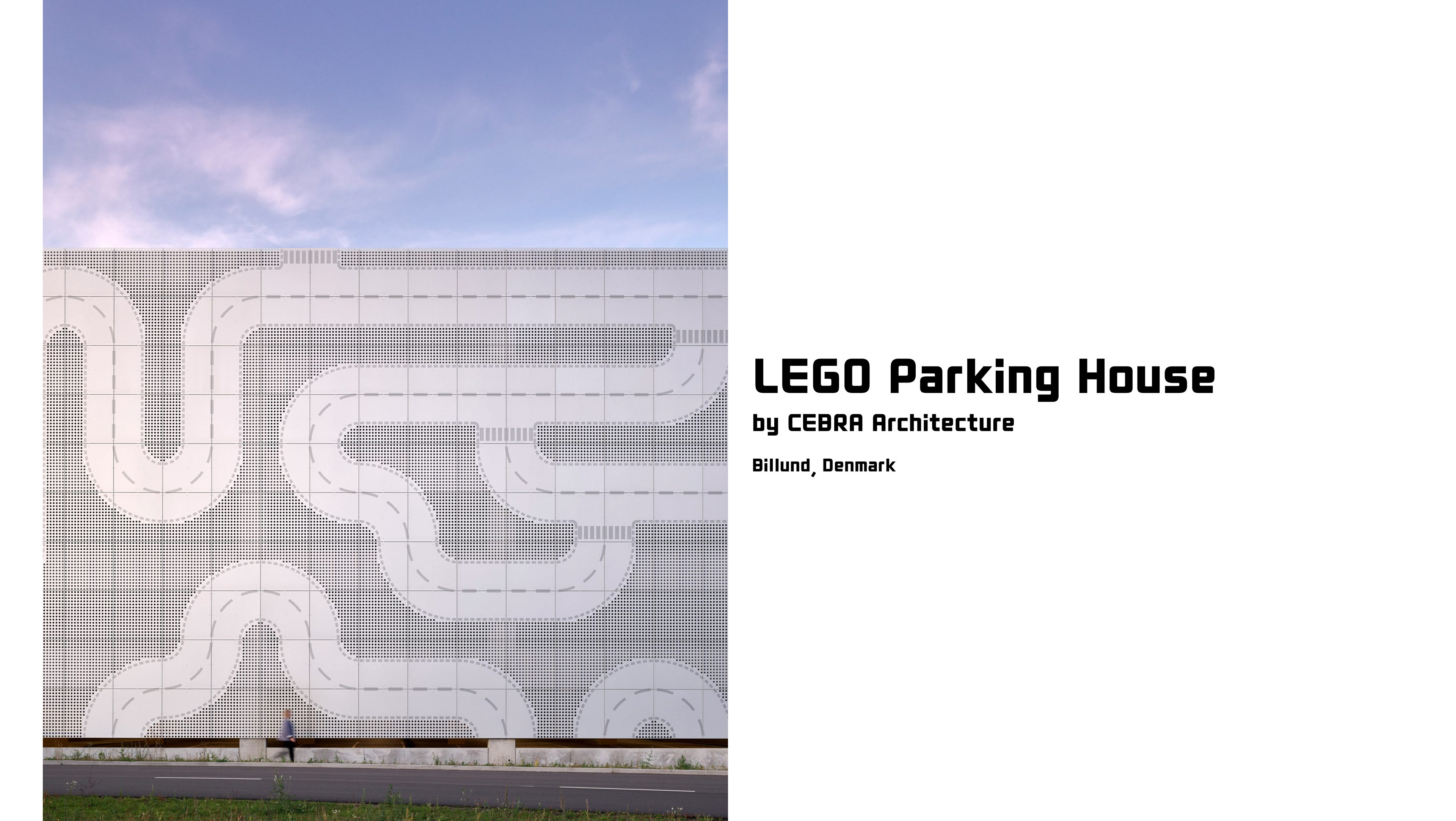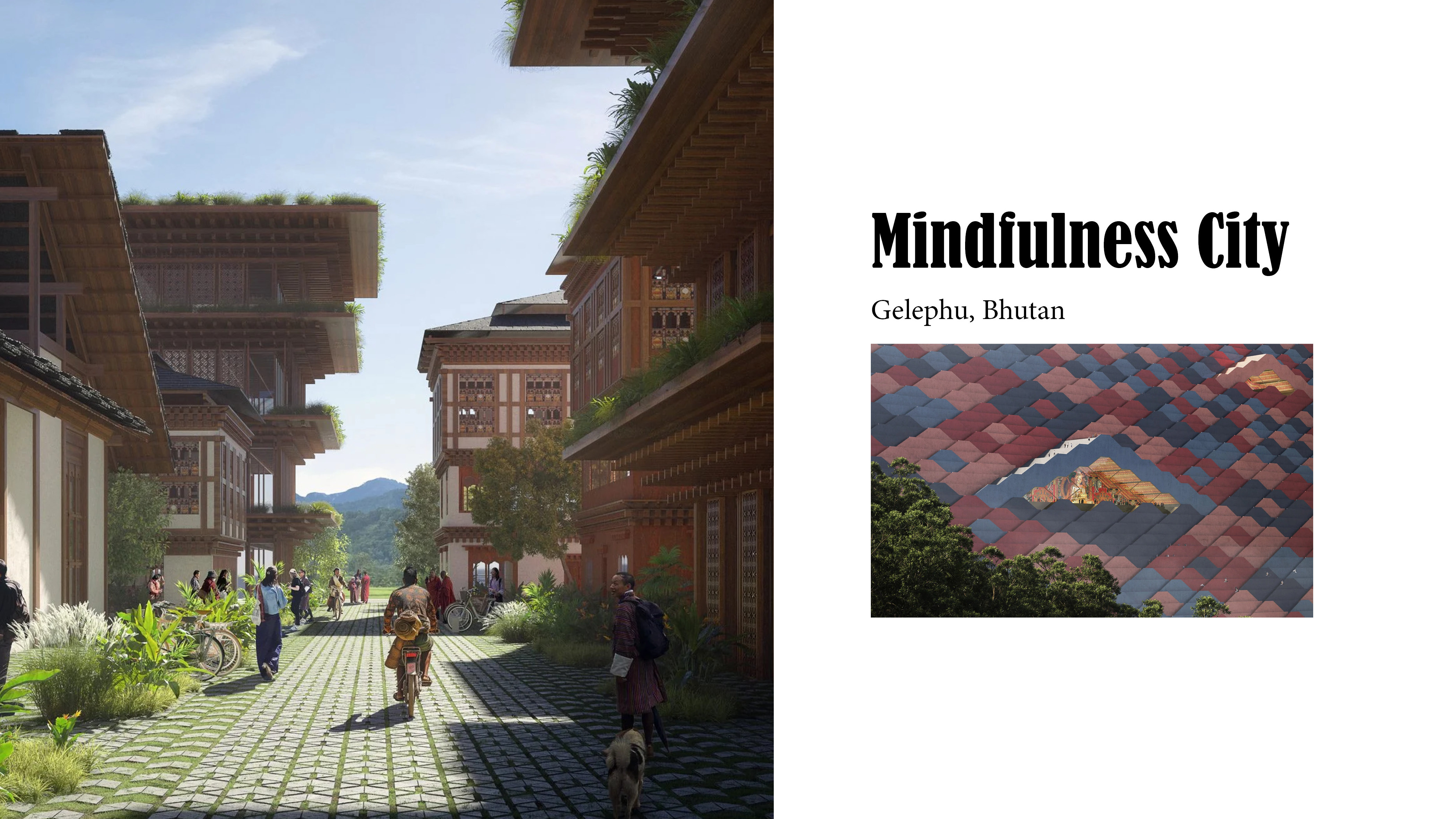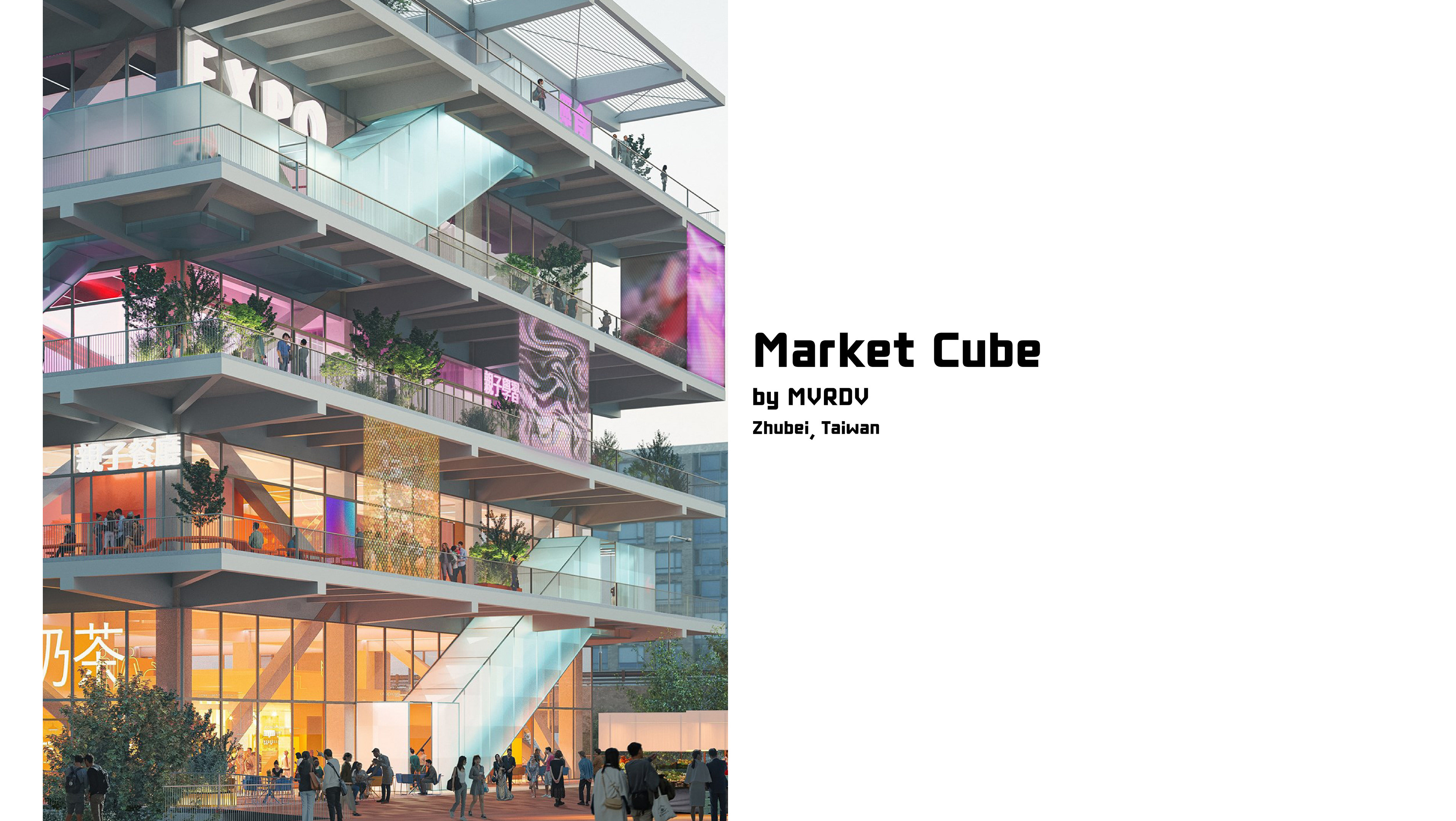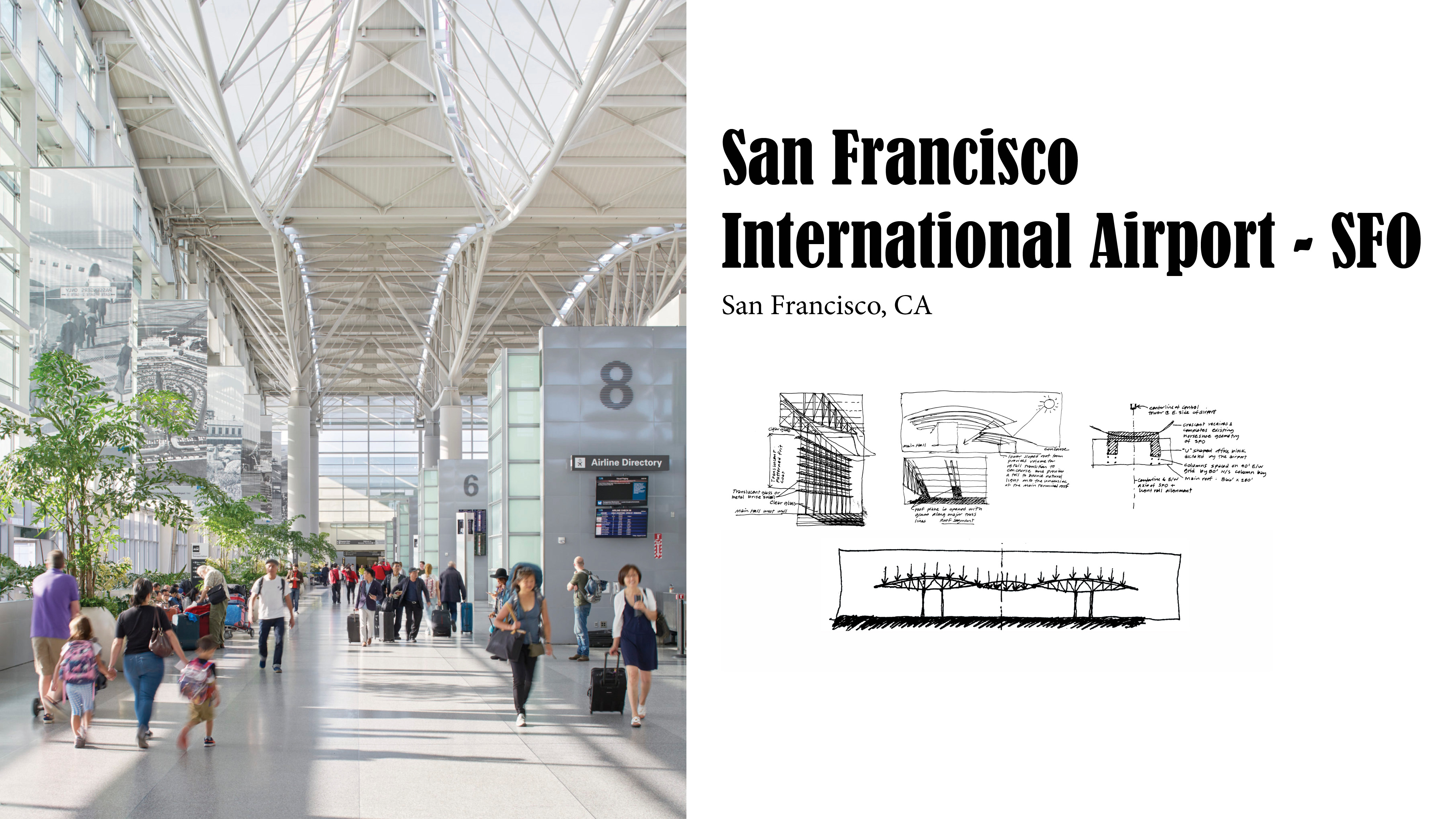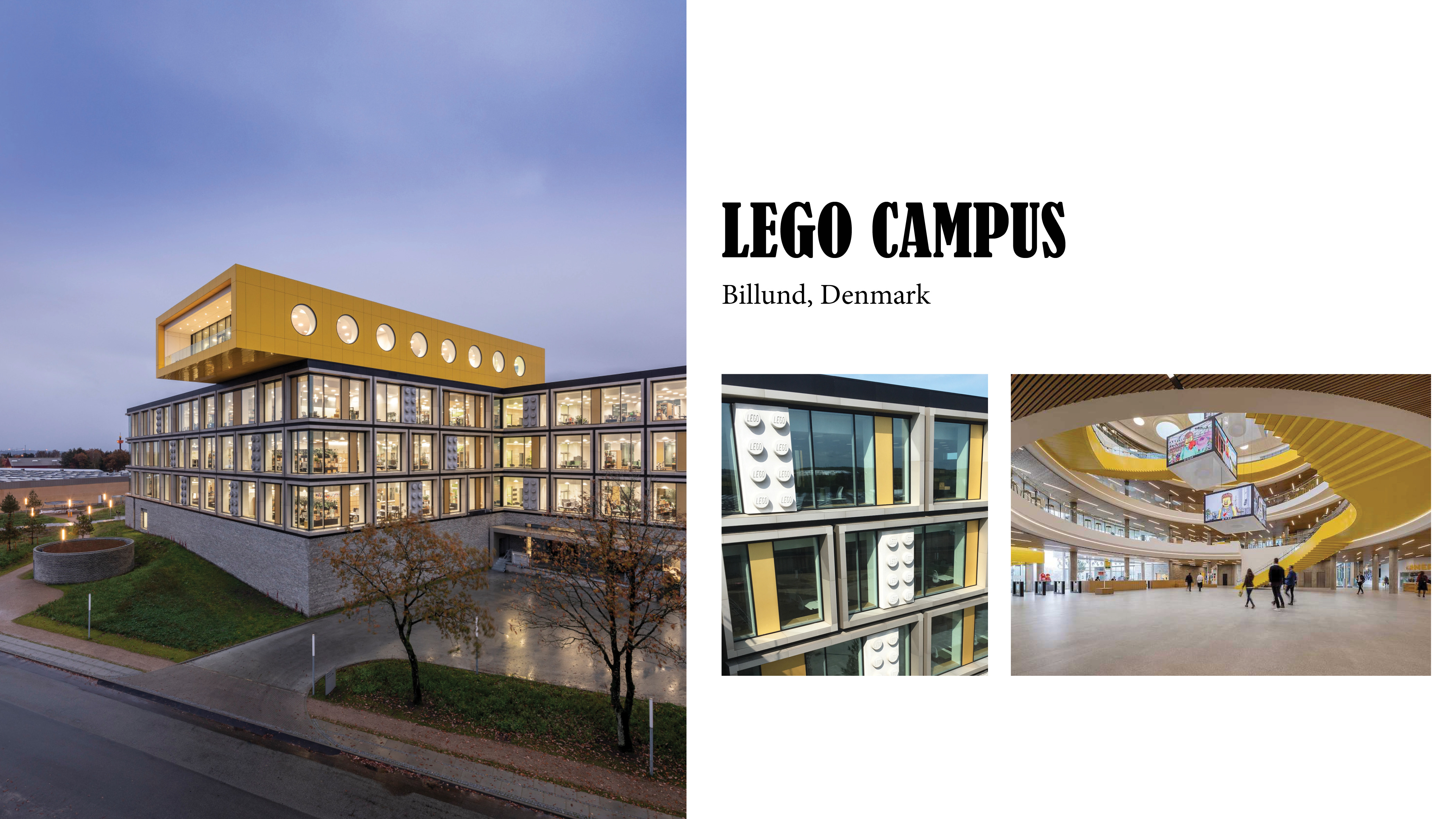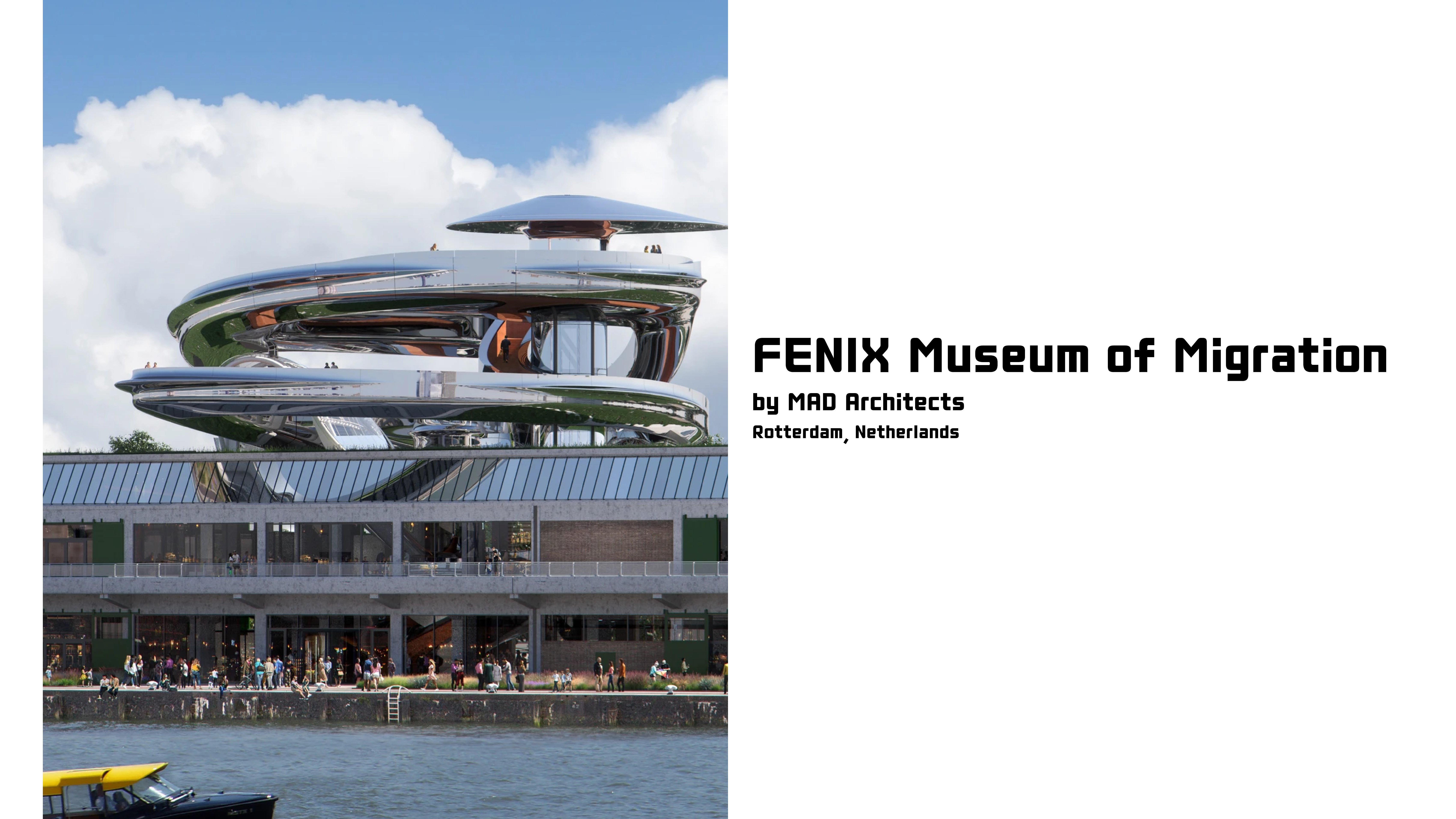April. 28. 2025
Reviewed by David Vi Boi Huynh, BOI ARCHI DESIGN & BOI Design Studio
Event: SFDC - Furniture Design Week 2025
Location: San Francisco, CA
1. What "Form" Did the BOI ARCHI DESIGN & BOI Design Studio Give to the Star Wing Table?
The Star Wing Table captures an elegant, deeply geometric form:
It is composed of two interlocking triangular planes, hinged together, evoking the dynamic structure of a celestial constellation (specifically, the Super Constellation "星斗").
The table embodies cosmic geometry — using the triangle (one of the most structurally stable and symbolically rich shapes) to translate astronomical inspiration into tangible, tactile experience.
It is composed of two interlocking triangular planes, hinged together, evoking the dynamic structure of a celestial constellation (specifically, the Super Constellation "星斗").
The table embodies cosmic geometry — using the triangle (one of the most structurally stable and symbolically rich shapes) to translate astronomical inspiration into tangible, tactile experience.
Its form is:
Compact yet expressive, presenting a delicate balance between stability and motion.
Hierarchical in scale: one triangle larger, one smaller — symbolizing cosmic scales of size and order, while grounding them into human-scaled interaction.
Multifunctional: simultaneously a side table and a stool, reflecting a principle of adaptive, transformable form.
Compact yet expressive, presenting a delicate balance between stability and motion.
Hierarchical in scale: one triangle larger, one smaller — symbolizing cosmic scales of size and order, while grounding them into human-scaled interaction.
Multifunctional: simultaneously a side table and a stool, reflecting a principle of adaptive, transformable form.
2. How Did the Designer Give This "Form"?
The designer achieved this form through several conscious strategies:
Material Tactility: Choosing natural lumber grounds the celestial concept in organic, earthly materiality, emphasizing the interplay between the heavens (星斗) and the human hand.
The designer achieved this form through several conscious strategies:
Material Tactility: Choosing natural lumber grounds the celestial concept in organic, earthly materiality, emphasizing the interplay between the heavens (星斗) and the human hand.
Kinetic Design: By integrating hinges, the piece moves, allowing the user to manipulate the structure, thus participating in the transformation of form into function.
Scale Play: Differentiating the size of the two triangles subtly evokes a cosmic hierarchy, yet the practical proportions ensure human ergonomic comfort, whether in table or stool use.
Minimalist Craftsmanship: The absence of excessive decoration sharpens the focus on pure geometry, movement, and material honesty.
3. Is It a Good Form for Everyday Use?
Yes, very well, in many aspects:
Functional Versatility: The object shifts roles easily between a side table, a temporary seating surface, or even a display pedestal, enriching its everyday usefulness.
Yes, very well, in many aspects:
Functional Versatility: The object shifts roles easily between a side table, a temporary seating surface, or even a display pedestal, enriching its everyday usefulness.
Compactness: Its size and simple folding mechanism make it ideal for urban living or small spaces where flexibility is key.
Durability: Assuming appropriate joinery and material treatment, the lumber construction should offer sturdy, long-lasting performance.
Aesthetic Presence: Even when not actively "used," it serves as a work of art or decoration, enriching the spatial atmosphere through its pure form.
4. Will This Form Continue to Give in the Future?
Absolutely. The design's strengths for long-term relevance include:
Absolutely. The design's strengths for long-term relevance include:
Timeless Geometric Language: Triangles and celestial motifs are culturally and historically perennial. This form will not "age" quickly.
Material Sustainability: Wood, if responsibly sourced, offers ecological and aesthetic longevity.
Adaptability: As lifestyles continue to shift towards multi-functional, mobile furniture (especially in compact urban contexts), the Star Wing Table will remain increasingly relevant.
Emotional Resonance: Its narrative connection to cosmos and movement gives it a symbolic depth that transcends purely practical furniture.
5. Conclusion
The Star Wing Triangular Side Table is a beautiful articulation of formgiving at the intersection of cosmic inspiration and human-centered design.
It demonstrates an understanding that form is not merely shape, but gesture, narrative, and transformation, which is an object that invites the user to complete its meaning through interaction.
The Star Wing Triangular Side Table is a beautiful articulation of formgiving at the intersection of cosmic inspiration and human-centered design.
It demonstrates an understanding that form is not merely shape, but gesture, narrative, and transformation, which is an object that invites the user to complete its meaning through interaction.
Architectural discipline (structural clarity, geometric purity)
Poetic storytelling (cosmic references)
Practical wisdom (multi-use design, material honesty)
Poetic storytelling (cosmic references)
Practical wisdom (multi-use design, material honesty)
As a formgiver, I find this Side Table an elegant lesson in how movement, proportion, and symbolism can converge into an everyday artifact — a small star, quietly orbiting our home worlds as well as community spaces.
